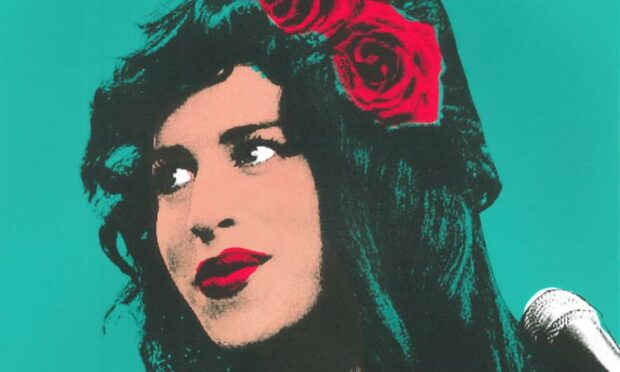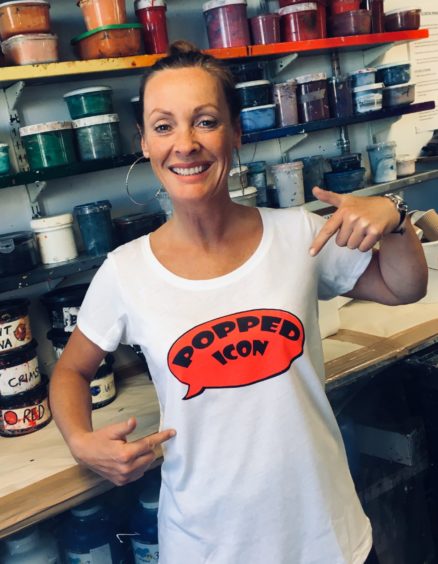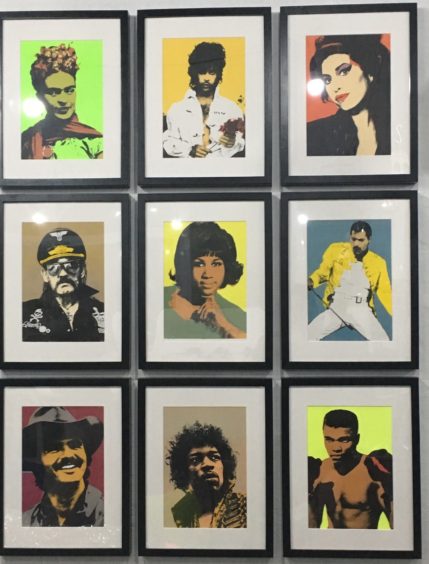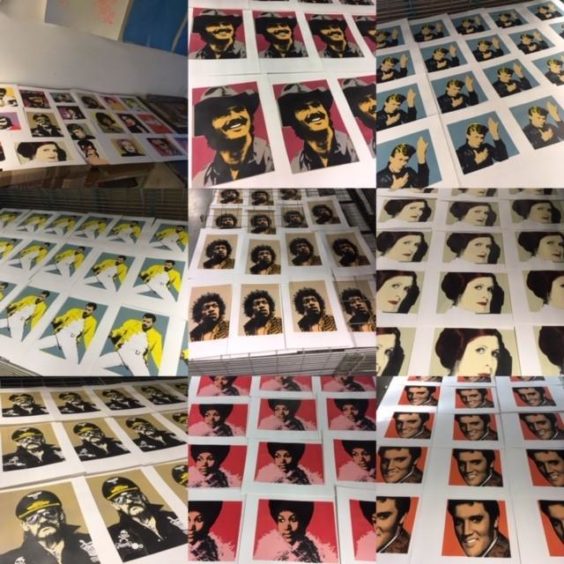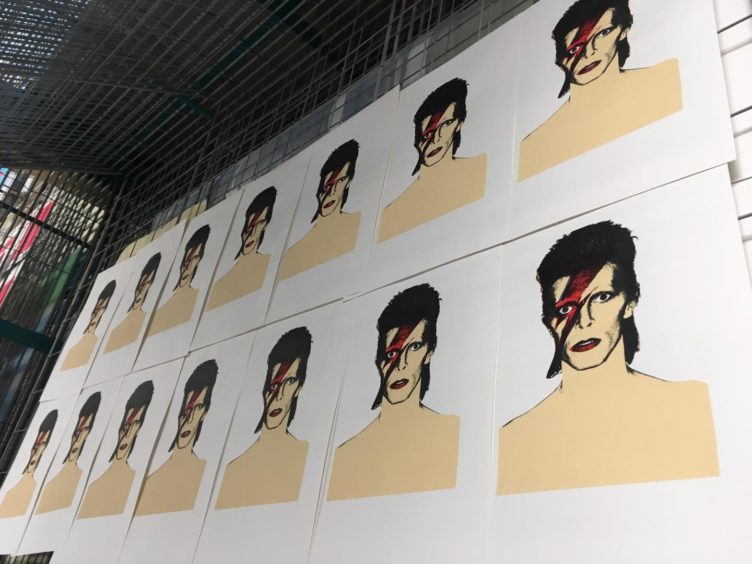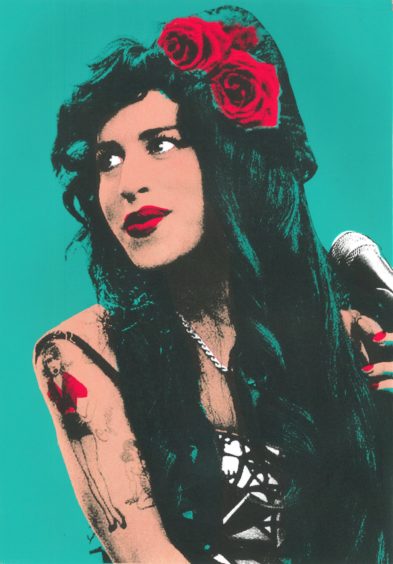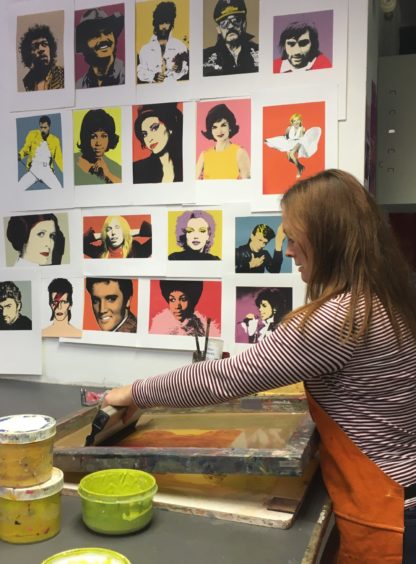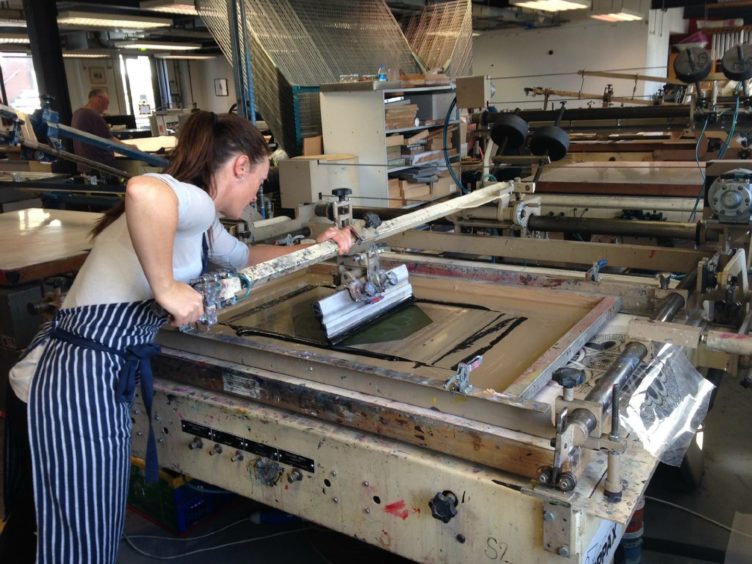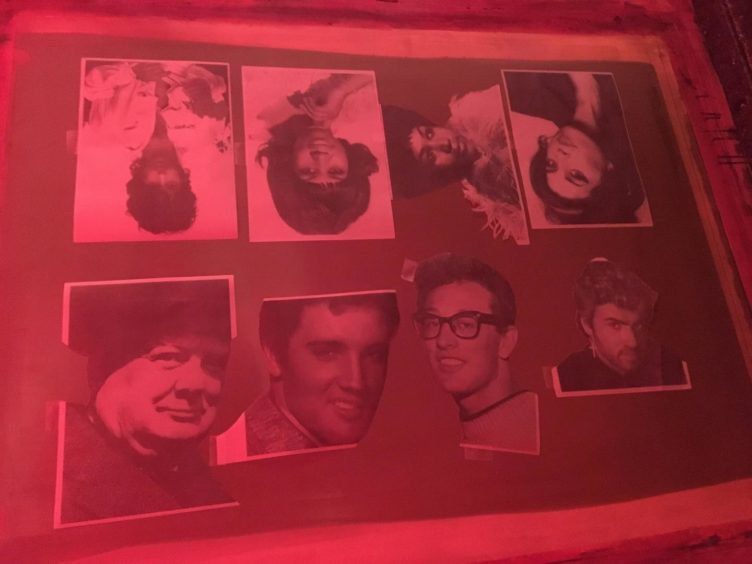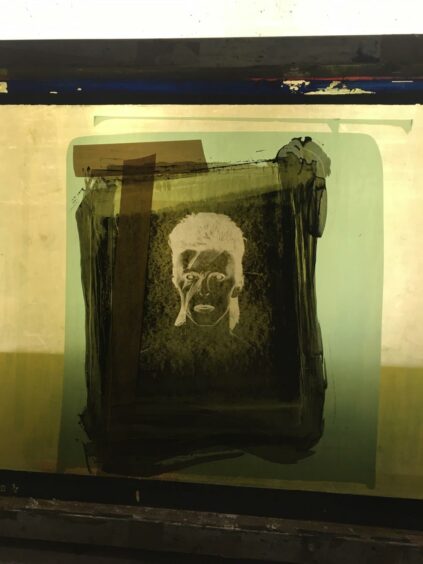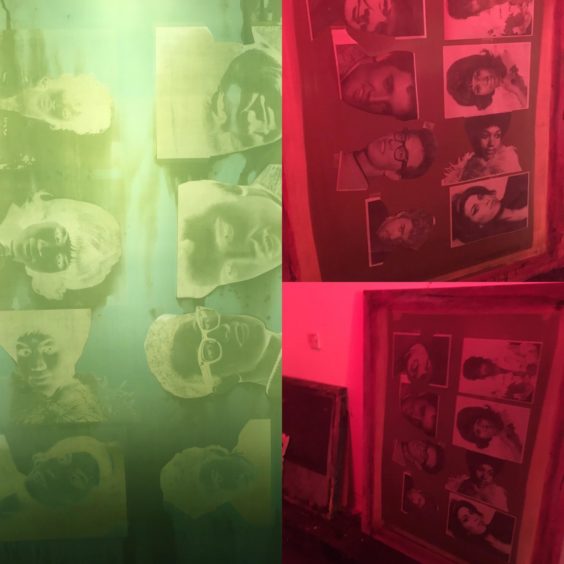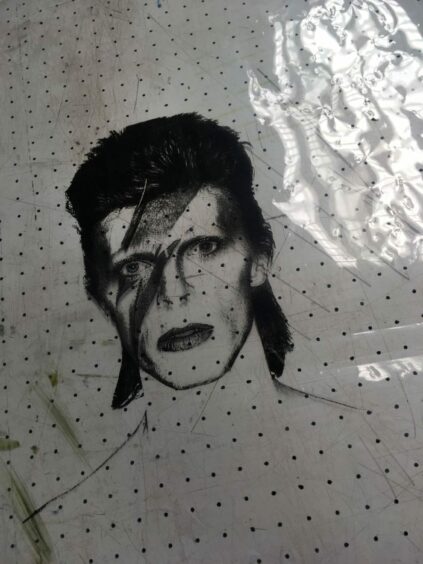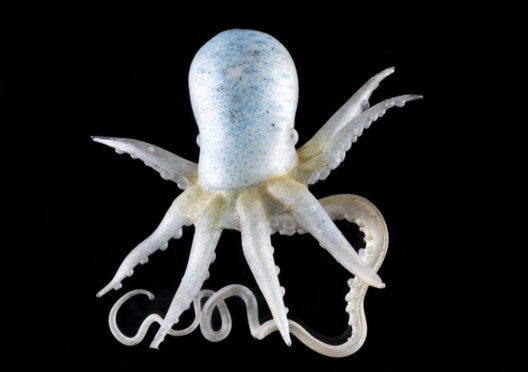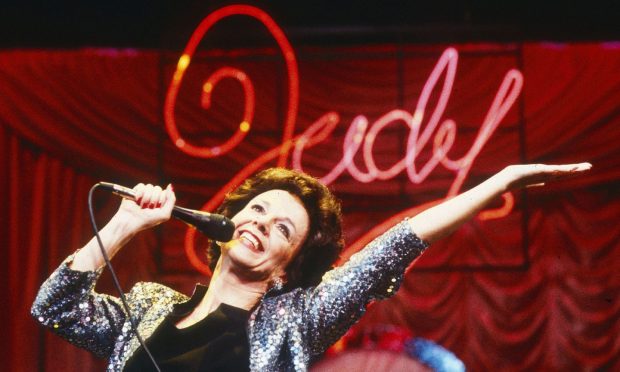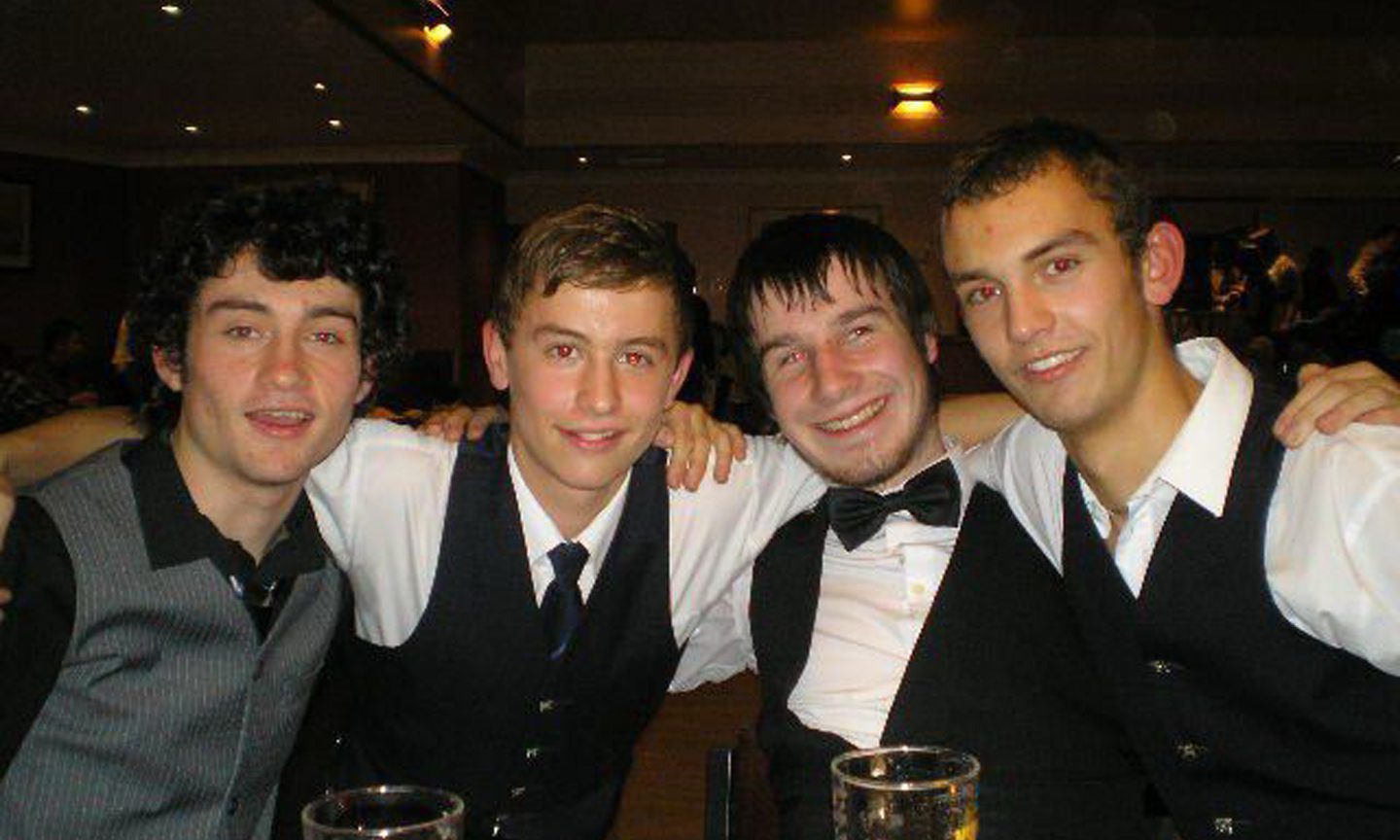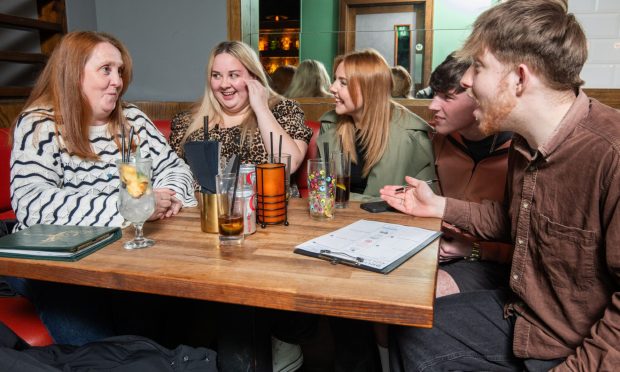Michael Alexander speaks to DCA artist and printmaker Claire McVinnie about the inspiration for her side business Popped Icon which creates pop art imagery of deceased icons in the style of Andy Warhol.
It reads like a Who’s Who of the dearly departed.
Icons such as Diego Maradona, George Michael, Amy Winehouse and David Bowie who have all passed on in recent years having already cemented their place in popular culture.
But for Dundee-based screen printer Claire McVinnie, their iconic imagery has also provided inspiration for her small business Popped Icon.
How did Popped Icon come about?
In 2018, having taught screen printing for 15 years at DCA Print Studio in Dundee, using small sample images to print as her demonstrations, Claire realised that subconsciously she kept selecting whatever icon had recently passed away.
They included legends such as Michael Jackson, Prince, Carrie Fisher, Aretha Franklin, Burt Reynolds and then the older ‘Popped’ icons such as Marilyn Monroe, John Wayne and James Dean.
While promoting the class on social media with the resulting artwork, she realised the potential market for these ‘capsule images’.
The result is the creation of Popped Icon – a line of affordable, accessible, handmade screen prints created in the iconic style of Andy Warhol in editions of only 20.
“I’ve been teaching the Andy Warhol style screen printing class at DCA for maybe 17 years,” Claire tells The Courier.
“It’s a one day class and people bring in photographs of themselves or family members and we make an Andy Warhol style screen print.
“It’s a three colour screen print with the black photograph on top. It take a day, and it’s quite hard work, but everybody leaves with a set of between six and 10 prints.
“When I teach the class I have to do a demonstration.
“Before every class I normally pick someone who’s quite famous, someone who’s quite iconic.
“And then I went through a couple of years of a lot of icons dying.
“There was George Michael, David Bowie, Prince, Tom Petty, Carrie Fisher – it was quite sad – so I kept deciding, ‘right, I’m going to print whoever’s just died’, which might be slightly morbid, but that’s what I did.
“I always post the results on Facebook. And people kept getting in touch to say ‘oh can I buy that? Is that for sale?’ Or ‘you should sell these’.
“So I decided I was going to make it a thing where I would actually start printing icons, but only the dead ones!”
Affordable prints
Claire explains the idea for Popped Icon is simply pop art style icons that have ‘Popped their clogs’!
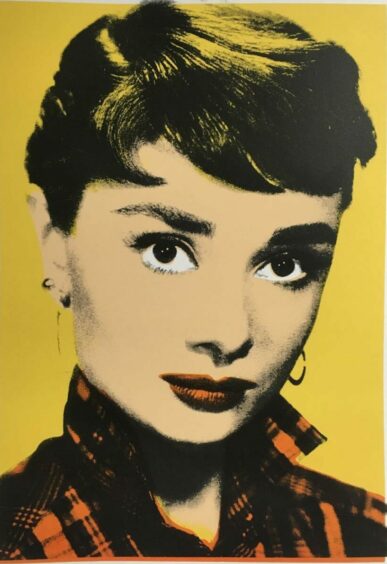
A driver for Claire has been creating editions of prints that are affordable to everybody.
Because a lot of her other work is more expensive, she wanted to make something that students, unemployed people or low earners could afford.
She hopes that the mix of old and new icons, male and females, ranging from footballers and musicians to film stars, means there’s a wide range of appeal to everyone.
Sometimes, however, she does have to remind people that the icons she sells have to be dead.
“I’ve been asked a couple of times for Tina Turner, but I have to say ‘but she’s not dead yet’!” she laughs.
“I also keep getting asked for Dolly Parton. That’s not me that wants that – other people keep asking for that!”
Claire McVinnie’s artistic roots
A former pupil of Madras College in St Andrews, Claire, 47, who is back living in her home town of Tayport, did a portfolio art course at Dundee College of Further Education after leaving school and then went on to study illustration and print making at Duncan of Jordanstone College of Art and Design.
After a spell selling records in Dundee’s Virgin Megastore, she did a postgraduate in IT at St Andrews University because she’d “managed to get through art college without really touching computers” and was a “bit scared of them”.
Claire ended up working for various TV and radio production companies for a few years.
Then, just a few years after Dundee Contemporary Arts (DCA) opened in 1999, she got a job in the print studio – going back to her art college roots of printmaking.
More than 17 years on, and Claire continues working as the DCA Print Studio co-ordinator.
“I’m involved in the day to day running of the studio,” she explains, “teaching classes, teaching one to ones, just problem solving with the members of the studio that come in.
“What we also do is run an editioning programme with the artists who come and exhibit in the gallery space upstairs.
“We always try and encourage them to come down and make a print with us, regardless of whether they are a painter or a sculptor, a movie maker.
“We get them down. The great thing about that is it makes their artwork more accessible, because if you are a filmmaker, your fans can’t really buy your work. You know what I mean?
“Sometimes it’s the same for sculptors or people who just make installations or things like that.
“The fans can’t buy the work. So if they come and make a print with us, a screen print, for example, then we can produce quite an affordable edition of prints for people to be able to buy.”
Impact of lockdown
Of course, when lock down happened last year, and the DCA had to temporarily close, Claire’s printmaking came to a “grinding halt” and she was furloughed.
However, she kept drawing and doing prep work in her spare room at home and is now delighted that life is hopefully returning to more normality.
“I get very excited about teaching the Andy Warhol style class,” she says.
“We always have great results. I’m very enthusiastic in it. The class is aimed at complete beginners, so you don’t have to be artistic at all. That’s the thing about the classes that we do.
“We are encouraging everyone to come into DCA print studio. Everyone is welcome. It doesn’t matter if you think you are artistic or not, because the way we do it, because we work with a photograph, you don’t have to be good at drawing or confident about drawing.
“I see people arrive at the door, and I can see how nervous they are – they are quite scared about coming in.
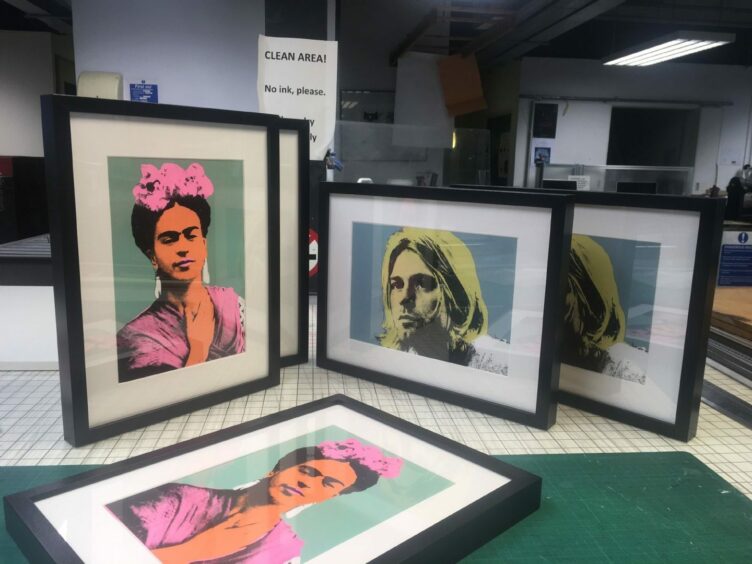
“They are dreading it. I just love being able to make them feel at home, re-assure them you’re going to leave with a set of prints that are going to be fabulous. You are going to love them.
“You are going to be able to screen print at the end of the day. You’ll be quite tired. It’s quite a work out. It’s quite physical work. But you are going to hopefully have a quality experience, really enjoy it, have fun and leave with some art work at the end of it.”
Mostly a success!
Claire laughs when she reveals that sometimes the prints don’t work out.
“I tried to do a print of myself and it looks terrible – I think my colleague said it looks cross between Miss Piggy and the Joker!” she says.
However, the process of using the water-based inks more than often works out beautifully.
“So there’s two screens involved,” she says.
“They bring in their photograph of themselves, their family or their idol.
“Some people bring in photographs of their cats and dogs or their houses.
“But the norm is to bring in a portrait. We cut out the background – so if there’s trees and all that in the background we cut it out because the Andy Warhol style is the very flat coloured background.
“Then I expose all the photographs on to a screen and they get to watch that happening.
“It’s like magic. It’s like a photographic process. So you coat the screen with the photographic emulsion and then you print the photographs onto tracing paper.
“I usually scan them on the computer, re-size them a bit, maybe clean them up a bit, and then print them out onto tracing paper, expose them on the screen, and then they’ve all got little individual screens, and they have a copy of the photograph underneath the screen to use as a guide.
“They block out areas of the screen so that the first area they block out is the area they want to remain white – white teeth, whites of the eyes.
“Then you print your first colour. And because you’ve blocked the holes in the mesh the ink can’t get through to print onto the page underneath. So it goes on like that.
“Then the next layer you would block out everything you’d want to remain the colour that you’d just printed.
“So you normally start with the lightest colour first and then at the end we get the big screen with all the photographs on it, we print the photograph onto the top.”
*Popped Icon will be exhibiting at Tayport Harbour Café in November, 2021.
